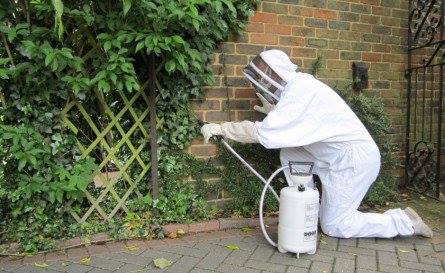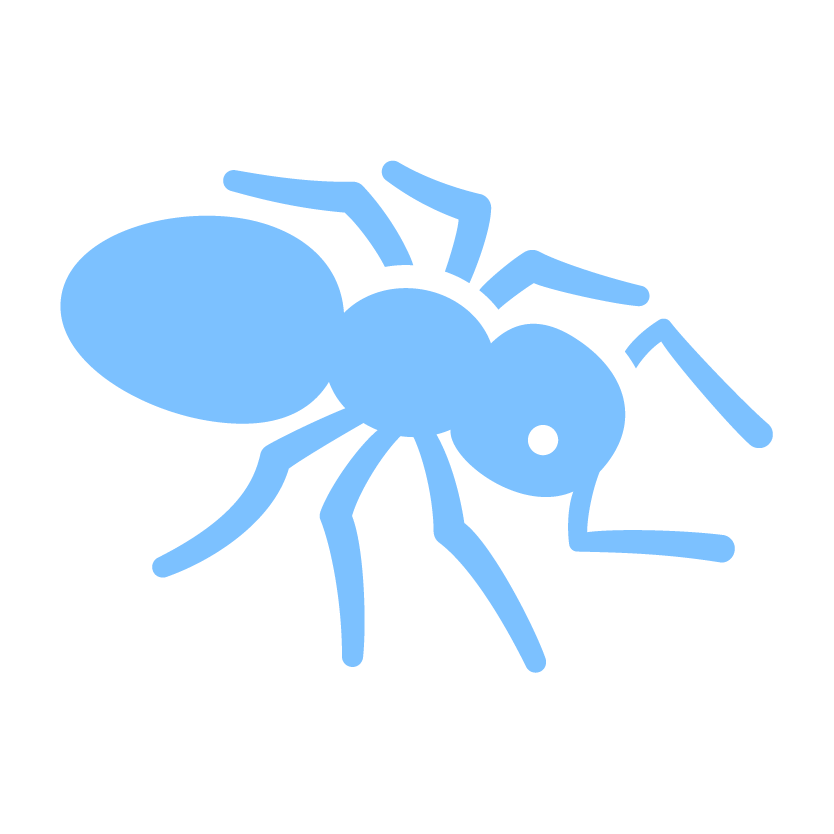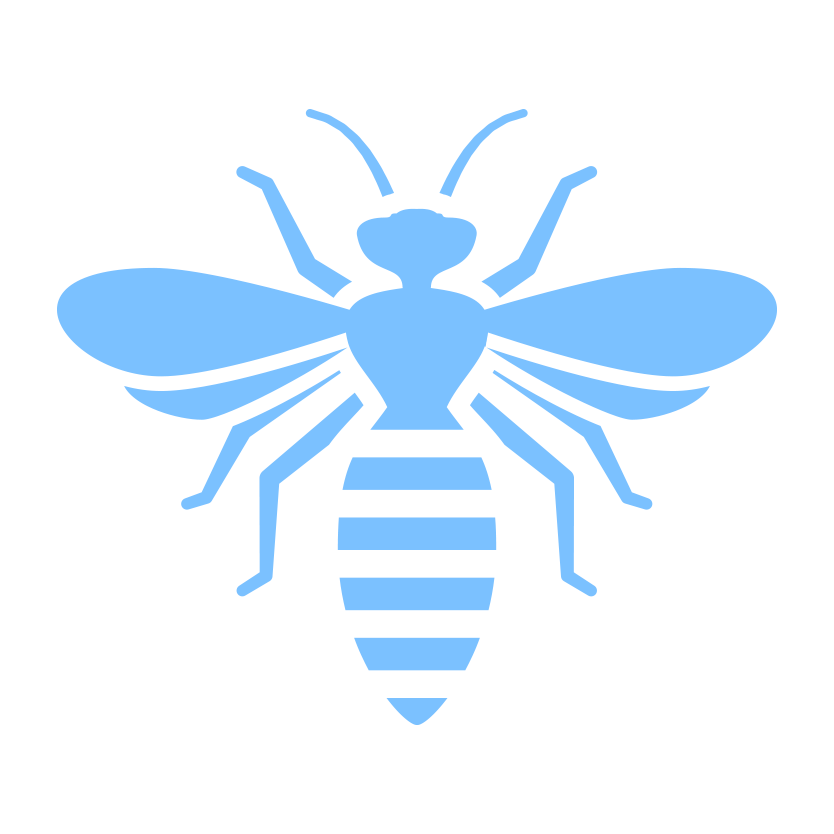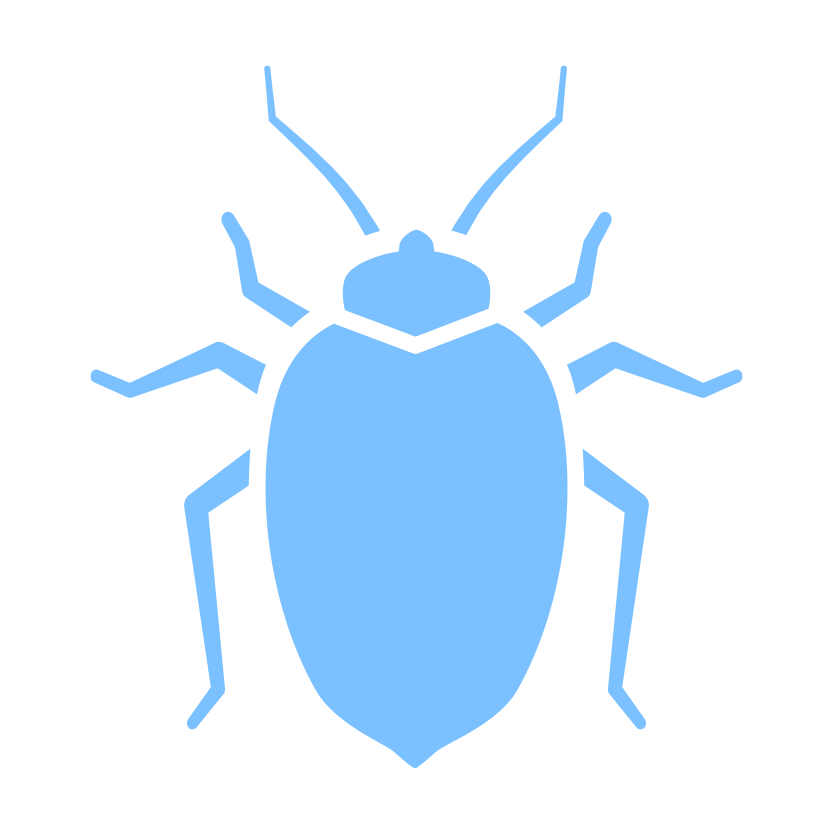Insect Control

Insect Control
The process of insect control involves a systematic approach to identifying, managing, and preventing pest infestations. It starts with inspection and identification, where pest control professionals or homeowners inspect the property to determine the type of insects present, their entry points, and breeding sites. Preventive measures follow, which include sealing entry points, reducing clutter, and maintaining cleanliness to make the environment less hospitable to pests. Once the problem is understood, targeted treatments are applied. These can include insecticides, traps, or baits tailored to the specific pest species and infestation level. Monitoring and follow-up are essential to assess the effectiveness of the treatments and make adjustments as needed to ensure long-term pest control. Integrated Pest Management (IPM) often guides this process, emphasizing the use of the least toxic solutions and combining various methods to effectively control pests while minimizing environmental impact. Contact us today to get started.

Ant Control

Wasp Control


